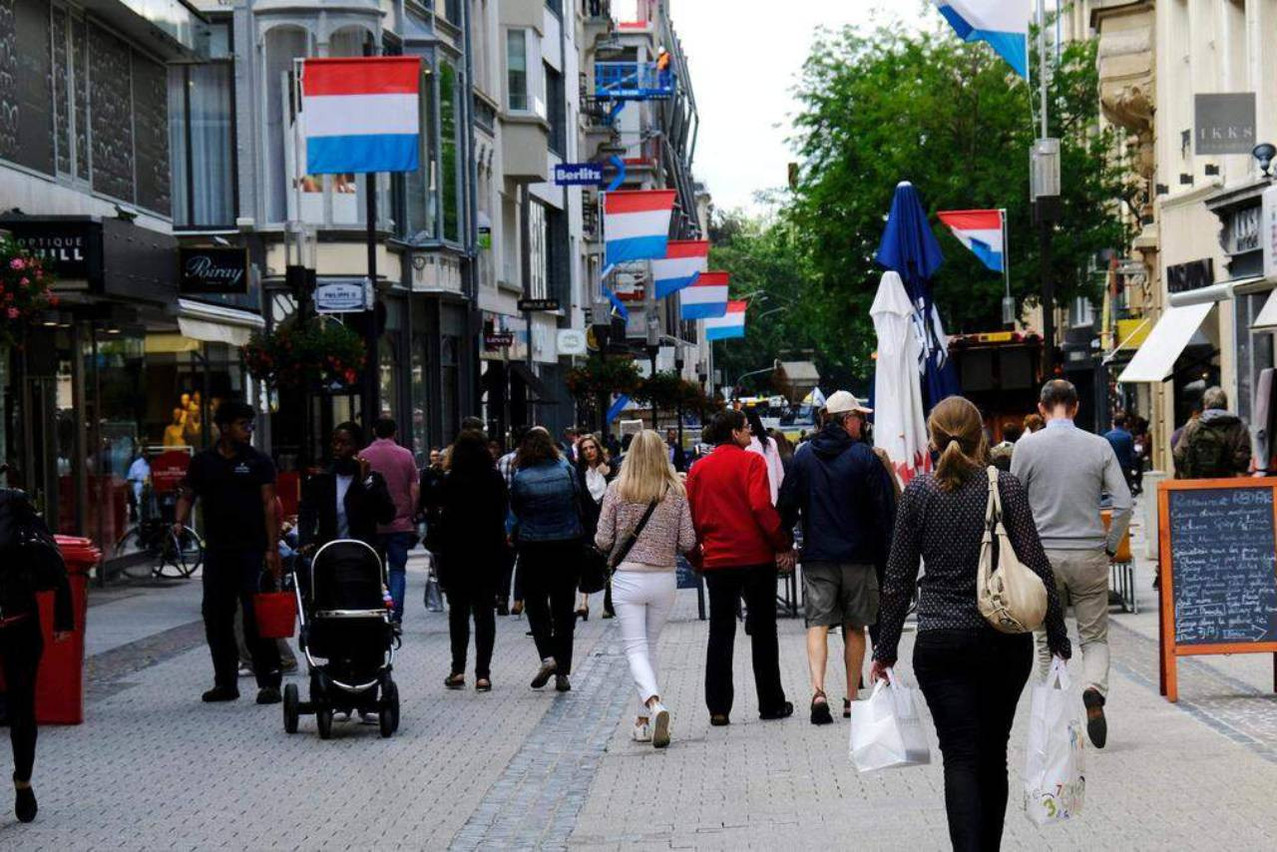With 136,208 inhabitants on 31 December 2024, Luxembourg City recorded an increase of 1,494 residents compared with the previous year. This growth is part of a dynamic that has been constant for several years: the population rose from 107,340 in 2014 to 136,208 in 2024, an increase of 27%. The foreign population remains in the majority, representing 70.13% of residents, with 95,522 people, compared with 40,686 Luxembourgers, or 29.87% of the total population.
In terms of gender distribution, there are slightly more men than women. There are 70,436 men, or 51.71% of the population, compared with 65,772 women, representing 48.29%.
The year 2024 was marked by major movements. The city welcomed 18,401 new residents, including 14,097 from abroad and 4,304 from other Luxembourg municipalities. At the same time, 14,388 departures were recorded, with 8,885 residents leaving for other Luxembourg municipalities and 5,503 leaving the country. These movements resulted in a positive net migration of 1,044.
Natural growth also contributed to the population increase. In 2024, the capital recorded 1,185 births and 647 deaths, representing a positive balance of 538. Combining these figures, the city's population increased by 1,494 people in 2024.
Luxembourg City is a true melting pot, with residents of 169 different nationalities. Europeans make up the majority, with 118,858 people, followed by Asians (8,633) and Africans (5,064). Among Europeans, the most represented nationalities are French (20,713), Portuguese (11,043) and Italian (10,160).
Most densely populated districts
The Gare district stands out not only for its dense population, but also for its diversity. With 11,360 inhabitants, it has the highest percentage of foreign residents, at 82.11%, compared with just 17.89% of Luxembourg nationals.
Bonnevoie-Sud is the most densely populated district in the city, with 13,372 inhabitants, closely followed by Belair, with 12,990. At the other end of the spectrum, Pulvermuhl is the least populated district, with 384 residents, followed by Grund, with 984. These figures reflect the varied distribution of residents in the various districts of the capital.
Read the original French-language version of this news report /
